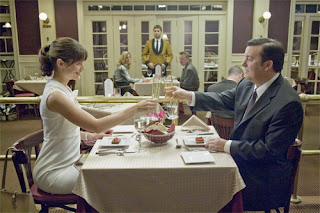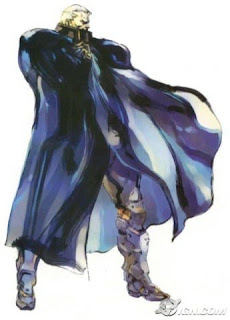- by Tara Maya
How To Convey Subtext in Dialogue – Part 1
 |
| We all live in a Yellow Obmarine. |
Subtext in dialogue is the opposite of the obvious; it’s dialogue in which what goes unsaid is as important as what is said. The opposite of this is not, but should be, called obtext. Screenwriters have a term for dialogue in which characters say exactly what they mean: “on the nose.” I’ll stick with obtext. Sad to say, obtextual dialogue, one obvious and true statement after another, usually sounds unrealistic, because people seldom say exactly what they mean, or all of what they mean.
There are two places you can see obtext used to good effect: children’s stories and comedy.
In children’s stories, characters say exactly what they mean, because this is what children themselves do. That’s why they walk up to the obese woman and ask, “Why are you so fat?” or ask the man with long hair, “Are you a daddy or a mommy?” or comment on their baby brother’s drawing, “It’s just a bunch of scribbles.”
This is precocious until about five, after which it’s obnoxious.
Children learn to efface obtext with subtext with increasing skill so that by the time they are teenagers, they are only capable of talking in subtext. “Enjoy that burger, your hips need the extra calories.” “Have you heard of shampoo?” “Yeah, I like your taste in art.”
This is obnoxious until college, after which it’s someone else’s problem.
 |
| Pinkie Pie’s world is rocked when she meets Twilight Sparkle. |
In children’s stories, characters conflict, but they are not coy about it. Here’s a scene from My Little Ponies: Friendship is Magic. No one speaks ironically; the ponies express exactly how they feel, and announce their goals directly to each other:
- Pinkie Pie: Surprise! Hi, I’m Pinkie Pie, and I threw this party just for you! Were you surprised? Were ya? Were ya? Huh huh huh?
- Twilight Sparkle: Very surprised. Libraries are supposed to be quiet.
- Pinkie Pie: Well, that’s silly! What kind of welcome party would this be if it were quiet? I mean, duh, bo-ring! Y’see, I saw you when you first got here, remember? You were all “hello” and I was all [gasps dramatically], remember? Y’see I’ve never saw you before and if I’ve never saw you before that means you’re new, ’cause I know everypony, and I mean everypony in Ponyville!
- Twilight Sparkle: [groans]
- Pinkie Pie: And if you’re new, that meant you haven’t met anyone yet, and if you haven’t met anyone yet, you must not have any friends, and if you don’t have any friends then you must be lonely, and that made me so sad, then I had an idea, and that’s why I went [gasps dramatically]! I must throw a great big ginormous super-duper spectacular welcome party and invite everyone in Ponyville! See? And now you have lots and lots of friends!
- Twilight Sparkle: Ugh, here I thought I’d have time to learn about the Elements of Harmony but, silly me, all this ridiculous friend-making has kept me from it!
As soon as an adult viewers hear Twilight Sparkle say this (actually, as adult viewers learn the title of the cartoon) they know that the pony will soon learn that making friends is what will enable her to defeat the wicked Mare in the Moon. But young children, who have not yet seen thousands of hours of re-cycled plots, will still find this ending a surprise and a delight. By the way, a six year old will already grasp the story arc more quickly (and cynically) than a three year old. Those mere three years make a huge difference in how children understand fiction.
The premise of the indy film The Invention of Lying is that everything in our world is the same except, somehow, lying failed to be invented at the dawn of human history. So the characters speak on the nose all the time. For instance, when Mark, the schlemiel, shows up for his blind date with beautiful Jennifer, the conversation at her front door proceeds:
The result is hilarious because it’s so true and yet so very, very wrong.
This post has been all about obtext, the opposite of what I promised. Oops! Tomorrow, I’ll discuss subtext.
One last thought: what happens when you watch My Little Pony and assume that everything they say is subtext, not obtext? What are they really thinking?



